Beyond the Guidebook: Local Etiquette Every Traveler Should Know

When you think about traveling, most of us immediately picture packing lists, flight bookings, and sightseeing plans. But here's the thing: the most important travel lessons rarely make it into guidebooks. Knowing how to act---or not act---can make the difference between being welcomed like a friend or sticking out like a tourist in the worst way. From tiny gestures to dining habits and public behavior, subtle etiquette can save you from awkward moments and even help you connect with locals in meaningful ways.
Here's your insider's guide to local etiquette you won't find in any guidebook---practical, easy-to-remember tips that make your journey smoother and way more enjoyable.
1. Greetings and Body Language

How you greet someone is your first impression---and in many places, first impressions really matter. In Japan, a polite bow is expected, while in Germany, a firm handshake works best. In some Middle Eastern countries, it's common to place your right hand on your heart when meeting someone.
And here's a classic travel trap: gestures. Something as innocent as a thumbs-up in the U.S. is considered rude in parts of the Middle East. The "OK" sign? Perfectly normal in the States, but in Brazil, it's an insult.
Pro tip: Before you go, check the basic greetings of your destination. Even a small nod or smile in the right way goes a long way.
2. Dining and Food Etiquette

Food is culture, and mishandling meals can make for an awkward dinner. In Japan, tipping is not expected and can even be offensive, while in the U.S., not tipping 15--20% will raise eyebrows. In India or many Middle Eastern countries, using the correct hand to eat (usually the right) shows respect.
If a host insists on giving you food, don't decline flat out---that can be seen as rude. Instead, try a polite phrase like "Maybe a small portion, thank you" in the local language. Even learning the words for "please" and "thank you" makes a huge difference.
3. Public Behavior and Personal Space
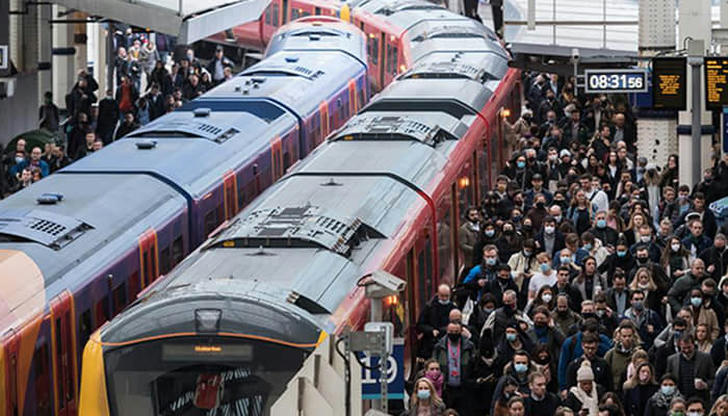
Ever been on a crowded train and felt that awkward heatwave of personal space invasion? Well, personal space norms are different everywhere. Scandinavians value quiet and distance; talking loudly on a bus might get you a glare. Germans love orderly queues---cutting in line is considered a serious offense.
Even subtle body language matters. In some Asian countries, pointing at people with your finger is impolite. Learning what's considered respectful in public spaces can help you avoid embarrassing missteps.
4. Dress Codes and Appearance

Clothing isn't just a fashion statement---it's a sign of respect. Many religious sites require covered shoulders and legs. In conservative countries, flashy jewelry or revealing clothing can draw unwanted attention. Even shoes matter: in Japan, entering a home or some temples requires you to remove your shoes, and in some Southeast Asian countries, slippers are preferred indoors.
A little research on local dress codes saves you from uncomfortable stares and ensures you're seen as respectful rather than careless.
5. Money and Tipping Etiquette
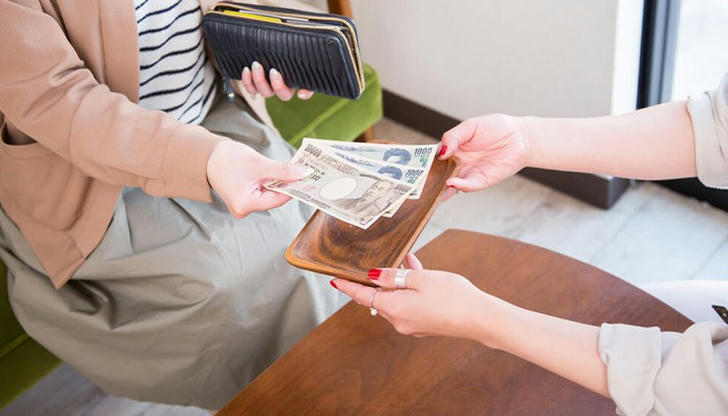
Handling money may seem straightforward, but cultural differences make this tricky. In parts of Southeast Asia, you don't hand money directly to the cashier---placing it on the counter or tray is more polite. Flashy counting of bills can also be considered rude.
Tipping norms vary widely. While leaving 15--20% in the U.S. is standard, in Japan, tipping is unnecessary and might confuse staff. In France, small rounding up of the bill is typical. A little homework prevents unintentional offense.
6. Public Transport and Queues

Using public transportation can be a cultural minefield. In Japan, people wait patiently for passengers to exit trains before boarding, and talking on the phone while riding is frowned upon. In Germany, people queue with almost military precision.
Watching how locals behave---and following suit---makes your commute less stressful and signals that you respect their rules. Pro tip: stand on the right side of escalators in London and most of Japan, and let the locals pass on the left.
7. Digital Etiquette Abroad
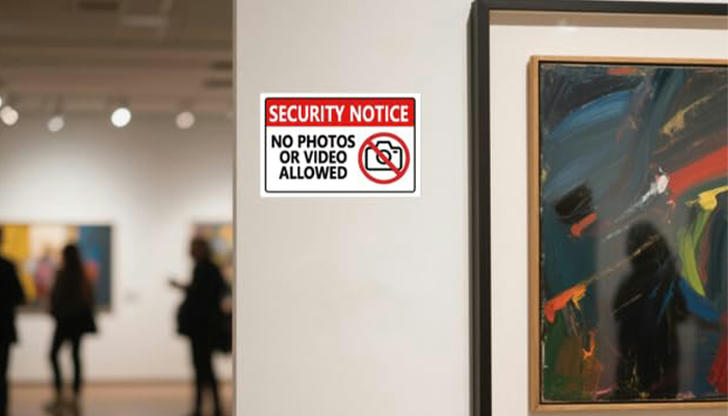
Phones and cameras are great tools for travel, but they can also land you in hot water. In some rural areas or religious sites, taking photos without permission is considered rude. Keep your phone on silent in public spaces where noise is frowned upon.
Also, digital payments vary by country. In China, QR codes are standard for payments, but waving cash around might seem old-fashioned. Learning a few tech customs can prevent small misunderstandings and speed up your transactions.
8. Interacting with Locals
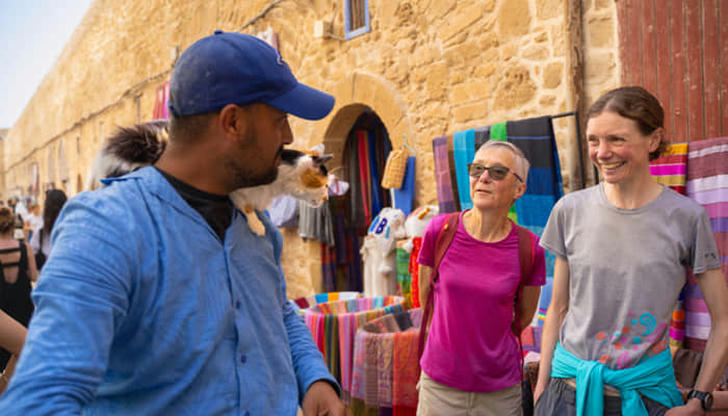
Traveling isn't just about seeing new places---it's about meeting people. Learning a few local phrases goes a long way. Simple things like "hello," "thank you," or "excuse me" show effort and respect.
Avoid assumptions based on stereotypes, and approach interactions with curiosity rather than judgment. Asking for directions or recommendations politely often leads to insider tips that no guidebook can offer.
Conclusion
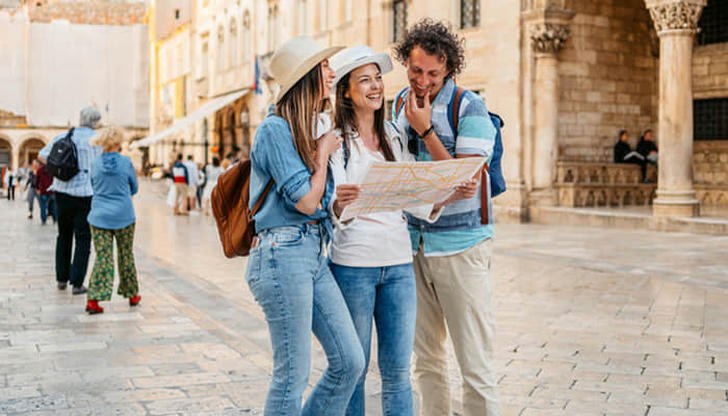
Blending in doesn't mean losing your personality---it's about awareness, respect, and curiosity. The little things, from how you greet someone to how you queue or pay for your meal, shape your travel experience far more than the perfect itinerary.
Before your next trip, take a few minutes to research local customs, carry a small etiquette cheat sheet on your phone, and approach each interaction with openness. You'll not only avoid awkward situations, but you'll also find your journey enriched by genuine connections and smoother experiences.
Remember: traveling like a local isn't about perfection---it's about being thoughtful, adaptable, and respectful wherever you go. And that, more than anything, makes any trip memorable.
